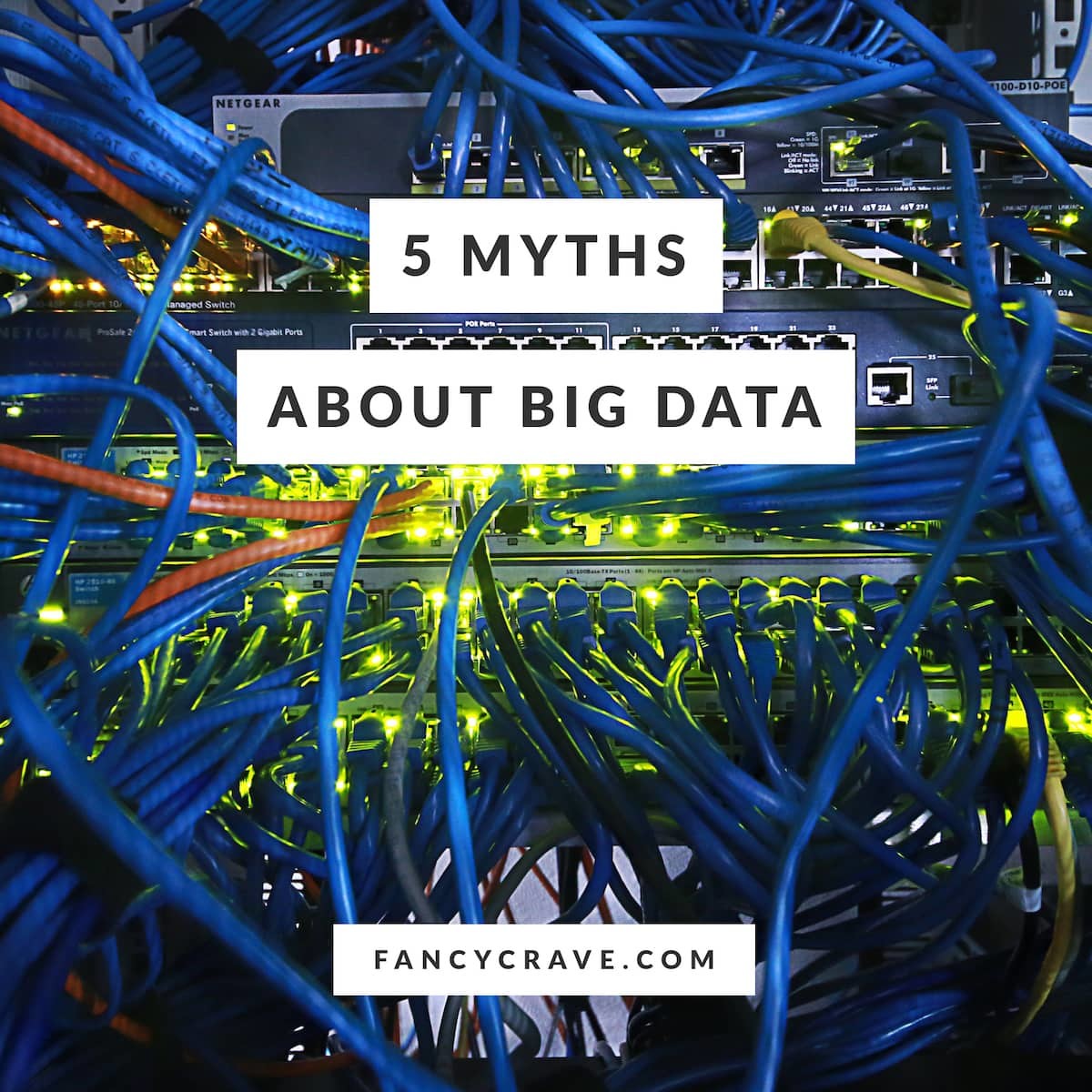A lot of people think that Big Data is just a large scope of data or just a simple and cheap way of data storing. Big Data is a set of approaches, tools, and methods of processing structured and unstructured data. These are technologies which help address the problems faced by science and business.
Because of a lack of understanding of these technologies, there is a certain number of myths related to Big Data. Let’s define the key misconceptions arising around Big Data technologies.
Understanding Big Data
The term emerged in the 1990s as the vision of data sets of such a big size that current traditional software applications couldn’t process them. Today, Big Data has nearly the same meaning because it includes all data large and/or complex data packages that require specialized software. Primary tasks of these programs consist of data capturing, storing, analysis, sharing, transferring, visualization, updating, and protecting.
Basically, Big Data field refers to three key characteristics called 3V:
- Volume or data quantity.
- Variety or data difference.
- Velocity or data speed.
Plus, modern definitions also include veracity or data quality and data value.
At all, Big Data can be counted in thousands of terabytes called petabytes or even more. However, there are other features such as distributed nature. Big Data counts not only in bytes but in items sold, tickets delivered, transactions processed, and so on. That’s the truth. But what about myths?
Myth 1 – Big Data Machines Will Replace Humans

There’s been a lot of hype around the automatization. Many people believe that most operations could be automated with the help of Big Data technologies. However, the changes related to the appearance of new tools and technologies won’t lead to total unemployment. What people will need to do is just change their professional orientation.
New areas lead to the appearance of new professions. Typically, humans should monitor all the processes, that’s why there’s no possibility that robots will replace human jobs. Additionally, Big Data now relies on a significant level of manual control. Machines can process data but they can hardly analyze it to deliver elaborate results.
Myth 2 – Data Must Be Gathered in One Place
Increased demand for algorithms learning caused the appearance of a great number of companies generating data at one place. That can lead to problems related to the privacy and safety of user data. However, the aggregation of data in one place is no longer as important as it was earlier.
Today, corporations like Google and Apple try to make their devices a part of a distributed network. For example, in the Google license “Federated Learning”, everything is built on distributed learning. The phone data don’t leak away to a certain data center, but a model comes to learn and communicate with other mobile devices in order to learn. This approach to learning saves privacy.
Myth 3 – Everybody Needs Big Data

A lot of industries and fields of expertise need Big Data technologies to process large scopes of data. However, Big Data is not always about results. According to Simplilearn, the industries that are driven by Big Data to the fullest extent are as follows:
- Banking and securities
- Communications, media, and entertainment
- Healthcare
- Education
- Manufacturing and natural resources
- Government
- Insurance
- Retail and wholesale trade
- Transportation
- Energy and utilities
It is also known that the majority of Big Data cases are realized in marketing, targeting, and customer experience. However, there is an opinion that Big Data is not needed in the following cases:
- Your employees or coworkers are able to process and automate the data about your customers with the help of traditional CRM systems.
- Planning, accounting, and business processes monitoring are realized with the help of ERP systems.
- Your employees successfully combine data from various sources with the help of business intelligence tools.
Myth 4 – All Data Must Be Processed
Big Data solutions vendors claim that all data must be processed. However, there is no connection between the quantity of data and the outcomes of your work. The increase of the data processed doesn’t affect the increase of accuracy of the model. Better results can be reached when we build models within small segments which are specially selected according to the model objectives. The importance of Big Data lies not in the quantity of the data processed but in the segments and clusters.
Put simply, you should define core goals and tasks to understand which data sets are required to process. Big Data is useful but only when you really need it. Otherwise, it’s possible to save on expensive tech and get even better results thanks to more optimized data processing approach.
Myth 5 – Big Data Implementation Leads to Instant Results

This misconception is typical for the companies just starting to use Big Data solutions. It’s not enough to take the recommendations into account. It’s important to build the model into your business processes and take advantage of the solution. Remember that data processing is quite a long and continuous process.
Big Data features can benefit your company if implemented correctly. Just ensure that you have a proper plan and understand that such tools can’t deliver instant profits. Firstly, Big Data should be analyzed, integrate into your business processes, and focused on key areas, e.g. social media management or warehouse optimization.
Real Big Data Without Myths
Without a proper understanding of Big Data, companies risk losing valuable resources. That’s why it’s extremely important to clearly realized how the described tools work and how they can help in your own business. The best way to learn Big Data is to start with theory and continue with the real implementation. For instance, you can learn Hadoop or take Big Data training. Don’t be afraid of new things but use them for your benefits!
To sum it up, Big Data is a tool that must be used by an experienced analyst who will help you build effective business processes. If you are just at your start line with leveraging Big Data solutions, consider all the myths mentioned above.

